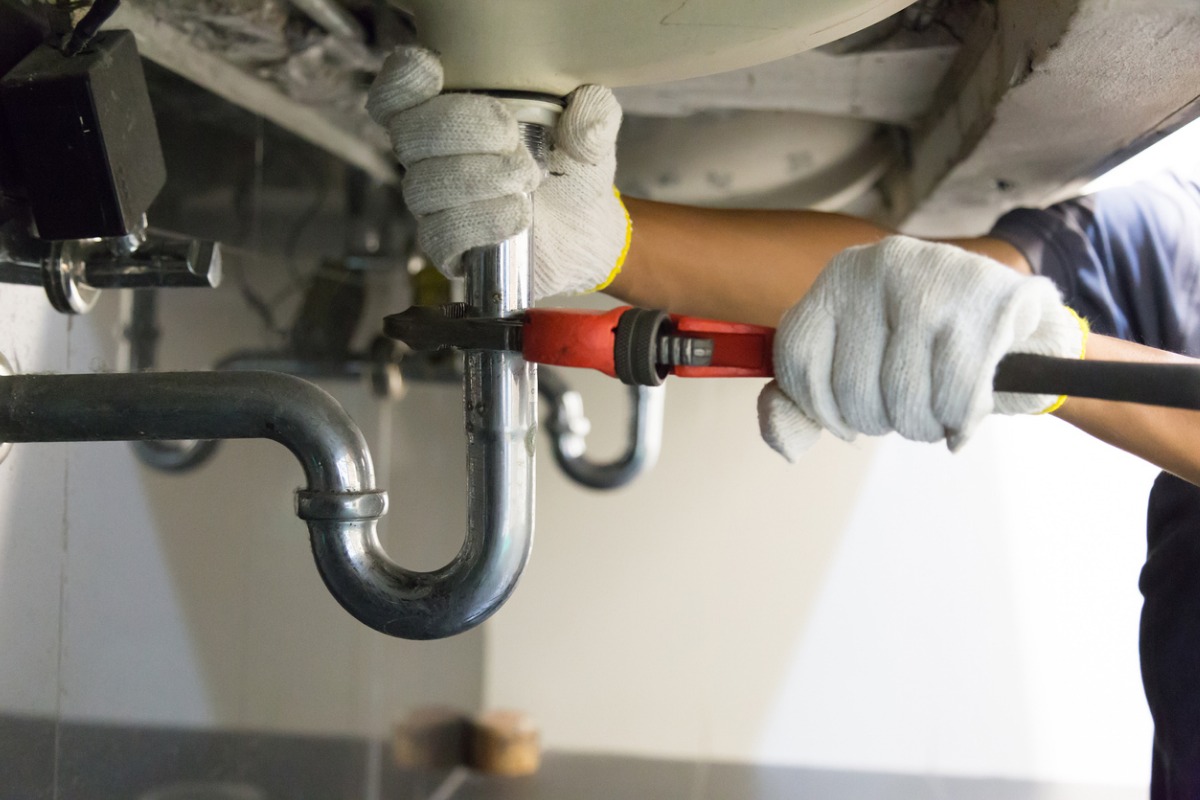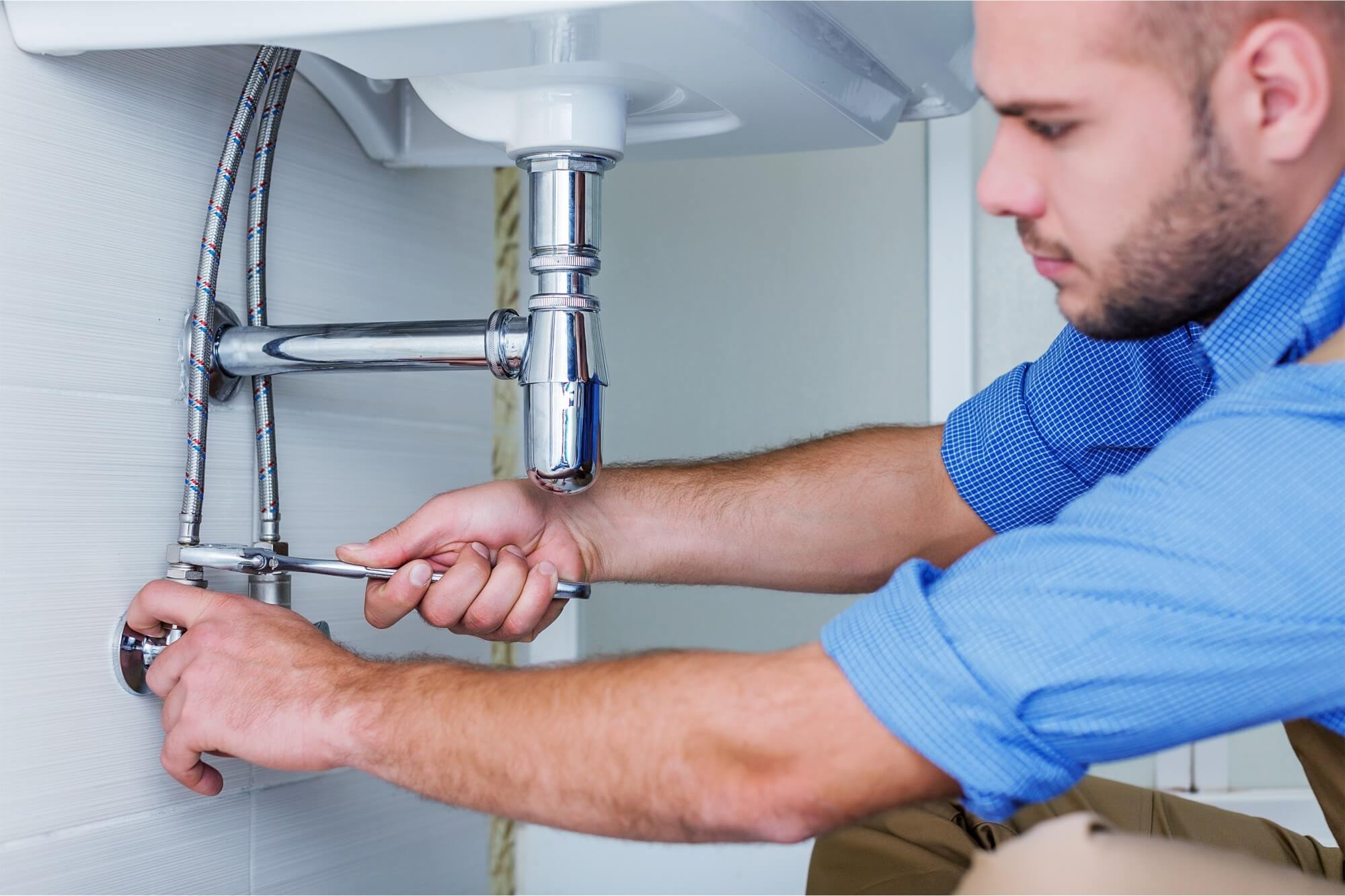Specialist Water Heater Installation Alabaster AL You Can Depend On
Specialist Water Heater Installation Alabaster AL You Can Depend On
Blog Article
A Detailed Guide to Efficient Hot Water Heater Setup for Optimal Efficiency
Getting started on the job of mounting a water heating unit is an endeavor that demands precision and a methodical technique for attaining optimum performance. As you proceed, the intricacies of connecting water supply lines and setting up trustworthy electric or gas connections wait for, promising understandings into ensuring effectiveness and reliability.
Selecting the Right Water Heating System

Following, take into consideration the dimension and capacity of the water heater. It's important to analyze your house's hot water requirements, which can vary based on the variety of passengers and their usage patterns. An unit that's too little might bring about inadequate warm water, while an extra-large version could lead to unnecessary power consumption.
Efficiency scores also play a pivotal function in option. Look for hot water heater with high Power Factor (EF) ratings, indicating superior efficiency and minimized energy usage. Tankless versions, though commonly more costly upfront, offer substantial power financial savings gradually because of their on-demand home heating abilities.
Preparing the Installment Location
Before mounting a brand-new water heating unit, careful preparation of the installation location is necessary. It's essential to determine the area meticulously to suit the water heating unit's dimensions, guaranteeing appropriate clearance around the unit for efficient operation and maintenance.
Next, get rid of any debris, dirt, or blockages from the website to develop a tidy setting. Examine the flooring for security, as the hot water heater will certainly need a solid, level surface area to run properly. If necessary, set up a drip frying pan beneath the unit to catch possible leaks or spills, preventing water damages to the surrounding area. In areas susceptible to seismic task, consider setting up seismic straps to safeguard the heater securely in area.
Furthermore, make certain that all essential devices and products are on hand before commencing the installation. This includes things such as wrenches, screwdrivers, a level, and any type of additional hardware needed for mounting and safeguarding the heating unit. A well-prepared installation area sets the structure for a successful water heating system setup, enhancing performance and safety and security.
Connecting Water Supply Lines
When linking supply of water lines to your recently set up water heating unit, it is important to make certain that all links are safe and secure and leak-free to maintain reliable operation and stop water damage. Begin by identifying the cold and hot water lines. The cool water inlet is usually marked with a blue tag or a "C", while the warm water outlet is noted with a red label or an "H".
Usage versatile hot water heater connectors to assist in an easier installation procedure. These connectors can absorb vibration and enable slight activity, decreasing the risk of leaks. Prior to affixing the ports, place a plumbing professional's tape around the threaded ends of the hot water heater's inlet and electrical outlet pipes - Plumbing Alabaster AL. This tape functions as a sealant, protecting against leaks. Very carefully connect the flexible hose pipes to the particular inlet and outlet, ensuring that they are not over-tightened however tight, which might damage the strings.
As soon as connections are in location, gradually activate the major water shutoff. Check each connection for leaks you can look here by aesthetically really feeling and examining for wetness. Tighten up links as essential, and ensure the pressure safety valve is correctly installed, safeguarding against too much stress build-up.
Establishing Electric or Gas Links
Effectively establishing up the electric or gas links for your water heating system is a crucial step to make sure risk-free and effective operation. For electrical water heating systems, start by verifying that the electrical circuit is compatible with the heating unit's voltage and amperage demands. Make certain the power supply is switched off at the breaker to stop mishaps. Attach the electrical cords to the heating unit complying with the manufacturer's circuitry layout. Normally, this includes connecting the ground cord to the eco-friendly terminal, and the continuing to be cords to their equivalent terminals, protecting each with wire nuts.
For gas hot water heater, safety and security is vital. Confirm that the gas supply is off prior to proceeding. Link the gas line to the hot water heater utilizing an adaptable gas port, guaranteeing it is correctly threaded and secured with pipe joint compound or Teflon tape ideal for gas links. Tighten up the connections with a wrench, making sure not to over-tighten (Drain Cleaning Alabaster AL).
Once links are made, inspect for any kind of potential leakages. For gas lines, apply a soapy water option to the joints; bubbles indicate a leak. For electric links, ascertain that all wiring is safe and secure and appropriately shielded, preserving conformity with regional electric codes.
Examining and Adjusting for Efficiency
With the electrical and gas connections firmly in area, the next step is examining the operational performance of your water heating unit. Begin by carefully transforming on the water supply find and guaranteeing there are no leakages at any of the joints or valves.
Next, execute a detailed evaluation to ensure the burner or burner are operating properly. For electric heaters, make use of a multimeter to confirm if the elements are attracting the proper present. In gas versions, observe the heater flame; it needs to be blue and consistent, indicating efficient burning.
Readjust the setups as required to eliminate inadequacies. Think about executing insulation measures, such as including a hot water heater covering, to additionally improve efficiency by reducing heat loss. In addition, examine the anode pole's condition, as a scrubby rod can decrease efficiency and lead to container deterioration.
Final Thought
Efficient hot water heater installment is vital for making sure ideal performance and power financial savings. By choosing the suitable kind and dimension, and carefully preparing the setup area, a structure for success is established. Firmly attaching water system lines and carefully establishing up electric or gas links minimize prospective concerns. Comprehensive screening for leakages and precise thermostat modifications to 120 ° F boost reliability and effectiveness. Adhering to these steps advertises lasting functionality and energy preservation in residential water heater.

Properly setting up the electrical or gas connections for your water heating system is a critical step to guarantee effective and risk-free operation. For electrical water heating units, start by verifying that the electric circuit is compatible with the heating system's voltage and amperage needs. Link the gas line to the water heater utilizing an adaptable gas connector, ensuring it is correctly threaded and secured with pipeline joint substance or Teflon tape suitable for gas connections.
Report this page